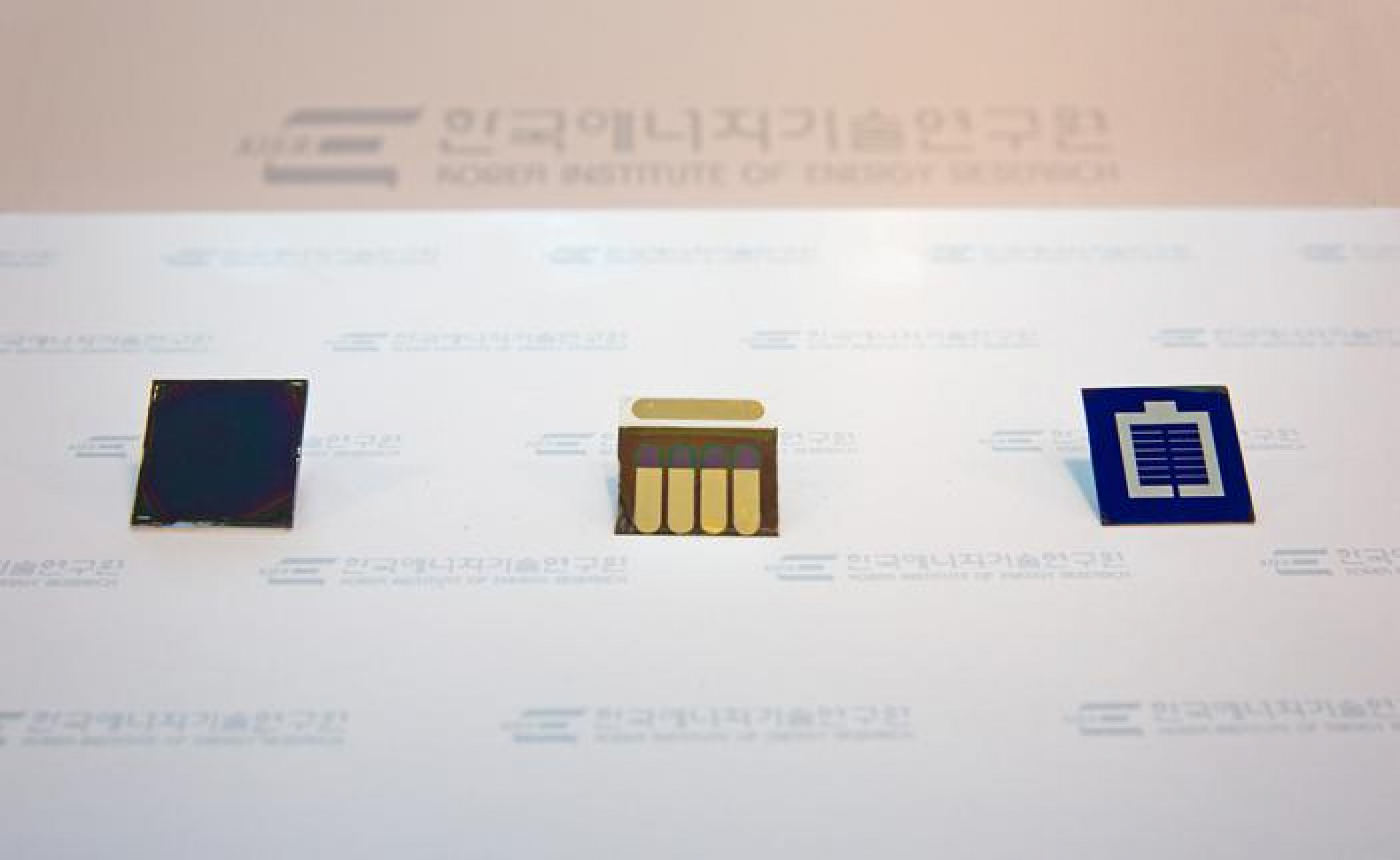South Korea: developed a stable semi-transparent perovskite cell that yields over 21%

Researchers at the Korea Institute of Energy Research (KIER) have developed semi-transparent perovskite-based solar cells with a record-breaking energy conversion efficiency of 21.68%, a press release said.
These cells can easily be used as building windows or with tandem solar cells and have also demonstrated longer lifespan than other perovskite-based solar cells, the most widely used alternative photovoltaic cells
High-efficiency solar cells are needed as the world seeks to phase out its reliance on fossil fuels for its energy needs. Traditionally used solar cells have an energy conversion efficiency of just 24%, meaning we cannot take advantage of 76% of the light incident on existing solar infrastructure. A single-layer cell not based on crystalline silicon that yields 21% is an exceptional result, also because it opens up the possibility of multilayer cells with very high yield, or transparent solar windows
The team from the Department of Photovoltaic Research, together with the Energy AI and Computational Science Lab at KIER, combined these two approaches to obtain a highly resistant and at the same time highly efficient perovskite cell. the research was published in Advanced Energy Materials.
Make semi-transparent solar cells
To make semi-transparent solar cells, the team decided to replace the metal electrodes that make conventional solar cells opaque with transparent ones that allow light to pass through them. While it may seem like a simple thing to do, these changes have a negative effect.
The high-energy particles received by the solar cell with transparent electrodes cause the degradation of the performance of the hole transport layer. This layer is fundamental in a perovskite cell because it allows the transfer of the photogenerated holes to the external circuit.
To avoid this performance degradation, a metal oxide layer was used as a buffer between the hole transport layer and the transparent electrode layer, which caused a reduction in the carryable charge and stability of the device.
Lithium to the rescue
Thanks to contributions from the Energy AI and Computational Science lab, the team was able to recognize the cause of the performance degradation and discover how lithium could help solve the problem.

D>left: perovskvite solar cell, transparent perovskite solar cell, combined perovskite – silicon cell
When lithium ions are introduced into the intermediate layer to increase its conductivity, they also diffuse into the metal oxide layer, thus changing the electronic structure of the latter.
To solve this problem, the team found that converting lithium ions into lithium oxide prevents their diffusion into the metal oxide layer, making it much more stable. Therefore it is possible to have highly conductive but transparent electrical contacts.
Record-breaking perovskite-based solar cells
The researchers found that the resulting solar cell not only had an energy of 21.68%, the highest recorded in any transparent solar cell so far, but the stability of the solar cell was also recorded at 400 hours of storage in the dark and to more than 240 hours under continuous operating conditions, another feat for perovskite-based solar cells.
The team used the new solar cell as the top layer in tandem solar cells, allowing a bifacial solar cell to operate using light from the front and back surfaces.
The energy conversion efficiency of the solar cell was recorded at 31.5% for a four-terminal cell, while it was 26.4 for a two-terminal setup.
“This study represents a significant breakthrough in the field, as it examines the degradation process that occurs at the interface between the organic compound and the metal oxide buffer layer, which is unique to semitransparent perovskite solar cells,” he said in the press release Ahn Sejin, project manager at the Photovoltaic Research Department of KIER.
“Our solution is easily deployable, demonstrating great potential for future use of the technologies we have developed.”
The research results were published in the journal Advanced Energy Materials.

Thanks to our Telegram channel you can stay updated on the publication of new Economic Scenarios articles.
The article South Korea: a stable semi-transparent perovskite cell developed that yields over 21% comes from Economic Scenarios .
This is a machine translation of a post published on Scenari Economici at the URL https://scenarieconomici.it/corea-del-sud-sviluppata-una-cella-semitrasparente-alla-perovskite-stabile-che-rende-oltre-il-21/ on Thu, 22 Feb 2024 21:20:41 +0000.
